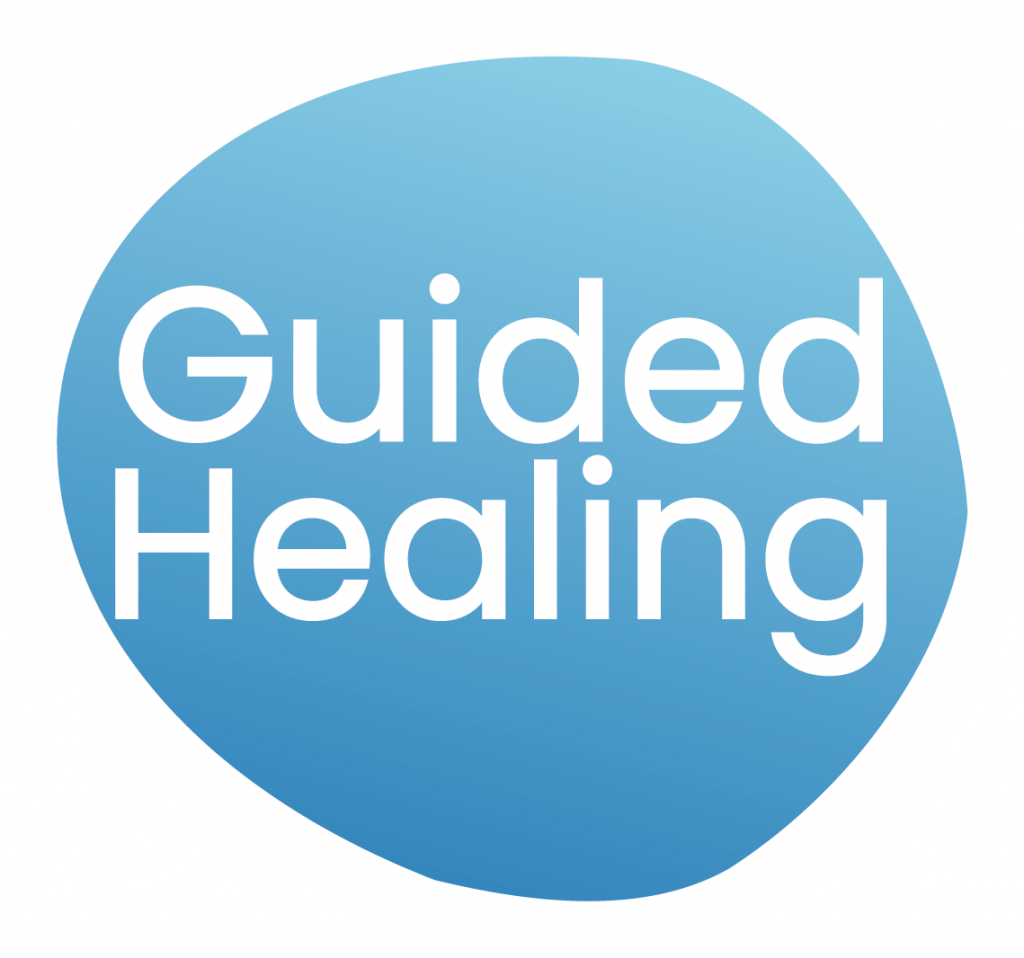Introduction
Post-Traumatic Stress Disorder (PTSD) is a mental health condition that can develop after experiencing or witnessing a traumatic event. It is estimated that approximately 8 million adults in the United States have PTSD in a given year, and it can affect people of all ages and backgrounds. Understanding PTSD and its treatment options is crucial in order to provide support and help those who are suffering.
Understanding PTSD: What is it and how does it affect individuals?
PTSD is a psychiatric disorder that occurs in individuals who have experienced or witnessed a traumatic event. Traumatic events can include natural disasters, accidents, physical or sexual assault, combat, or any other event that causes intense fear, helplessness, or horror. Not everyone who experiences a traumatic event will develop PTSD, but for those who do, it can have a profound impact on their daily lives.
The causes of PTSD are complex and can vary from person to person. Some risk factors for developing PTSD include a history of trauma, a family history of mental health disorders, a lack of social support, and certain personality traits. Symptoms of PTSD can include intrusive thoughts or memories of the traumatic event, nightmares, flashbacks, avoidance of reminders of the event, negative changes in mood or thinking, and hyperarousal.
These symptoms can have a significant impact on an individual’s daily life. They may have difficulty concentrating, experience problems with memory, have trouble sleeping, and may feel constantly on edge or easily startled. Relationships and work may also be affected, as individuals with PTSD may have difficulty trusting others, may isolate themselves, and may have difficulty maintaining employment.
The Long-Term Effects of Trauma: How PTSD can impact mental and physical health.
PTSD not only affects an individual’s mental health but can also have long-term effects on their physical health. The chronic stress and hyperarousal associated with PTSD can lead to a variety of physical health problems. Individuals with PTSD are at an increased risk for developing conditions such as cardiovascular disease, chronic pain, and autoimmune disorders.
In addition to the physical health effects, PTSD can also lead to the development of mental health disorders such as depression, anxiety, and substance abuse. Many individuals with PTSD turn to drugs or alcohol as a way to cope with their symptoms, which can further exacerbate their mental health issues. It is crucial to address both the mental and physical health effects of PTSD in order to provide comprehensive treatment and support.
Early intervention and treatment are essential in order to minimize the long-term effects of trauma. Seeking help from a mental health professional who specializes in trauma can provide individuals with the tools and support they need to manage their symptoms and improve their overall well-being.
Traditional Treatment Methods: Are they effective in treating PTSD?
Traditional treatment methods for PTSD typically involve a combination of talk therapy and medication. Talk therapy, such as cognitive-behavioral therapy (CBT), focuses on helping individuals identify and change negative thought patterns and behaviors that contribute to their symptoms. Medication, such as selective serotonin reuptake inhibitors (SSRIs), can help alleviate symptoms of depression and anxiety.
While traditional treatment methods can be effective for many individuals with PTSD, they are not without limitations. Success rates vary, and not all individuals respond to these treatments. Additionally, some individuals may experience side effects from medication that can be unpleasant or interfere with their daily functioning. It is important to explore different treatment options and find what works best for each individual.
The Role of Medication: Can medication be used to treat PTSD symptoms?
Medication can be a useful tool in managing PTSD symptoms, particularly when used in conjunction with therapy. SSRIs, such as sertraline and paroxetine, are commonly prescribed to individuals with PTSD. These medications work by increasing the levels of serotonin in the brain, which can help regulate mood and reduce anxiety.
While medication can be effective in reducing symptoms of depression and anxiety, it is not a cure for PTSD. It is important to work closely with a healthcare provider to find the right medication and dosage that works best for each individual. Additionally, medication should be used as part of a comprehensive treatment plan that includes therapy and other coping strategies.
Alternative Therapies: Exploring non-traditional treatments for PTSD.
In addition to traditional treatment methods, there are also alternative therapies that can be effective in treating PTSD. These therapies focus on holistic approaches to healing and can complement traditional treatments. Some examples of alternative therapies for PTSD include yoga, meditation, acupuncture, and art therapy.
Yoga and meditation can help individuals with PTSD by promoting relaxation, reducing anxiety, and improving sleep. Acupuncture has been shown to reduce symptoms of PTSD by stimulating the release of endorphins and promoting a sense of calm. Art therapy allows individuals to express their emotions and experiences through creative outlets, which can be therapeutic and healing.
While more research is needed to fully understand the effectiveness of alternative therapies for PTSD, there is evidence to suggest that they can be beneficial for some individuals. It is important to work with a qualified professional who specializes in these therapies to ensure their safety and effectiveness.
Cognitive Behavioral Therapy: How it works and its effectiveness in treating PTSD.
Cognitive-behavioral therapy (CBT) is a type of talk therapy that is commonly used to treat PTSD. It focuses on helping individuals identify and change negative thought patterns and behaviors that contribute to their symptoms. CBT can help individuals develop coping skills and strategies to manage their symptoms and improve their overall well-being.
CBT is typically conducted in a structured and goal-oriented manner. It may involve techniques such as exposure therapy, where individuals gradually confront their fears and anxieties in a safe and controlled environment. CBT can also involve cognitive restructuring, where individuals learn to challenge and change negative thought patterns.
Research has shown that CBT can be highly effective in treating PTSD. Studies have found that individuals who receive CBT experience a significant reduction in their symptoms and an improvement in their overall quality of life. However, it is important to note that not all individuals respond to CBT, and it may not be the best treatment option for everyone.
Exposure Therapy: A controversial but effective treatment option for PTSD.
Exposure therapy is a type of therapy that is often used in conjunction with CBT to treat PTSD. It involves gradually exposing individuals to the thoughts, feelings, and situations that remind them of the traumatic event. The goal of exposure therapy is to help individuals confront and process their fears and anxieties in a safe and controlled environment.
Exposure therapy can be highly effective in reducing symptoms of PTSD. Research has shown that individuals who undergo exposure therapy experience a significant reduction in their symptoms and an improvement in their overall well-being. However, exposure therapy can be challenging and uncomfortable for some individuals, and it is not without its limitations.
One of the potential limitations of exposure therapy is that it may not be suitable for individuals with severe PTSD or those who have experienced multiple traumas. Additionally, exposure therapy can be emotionally and physically demanding, and individuals may need additional support and resources to cope with the intense emotions that can arise during treatment.
EMDR: An innovative treatment option for PTSD.
Eye Movement Desensitization and Reprocessing (EMDR) is an innovative treatment option for PTSD that has gained popularity in recent years. It involves a series of eye movements or other forms of bilateral stimulation while individuals recall their traumatic memories. The goal of EMDR is to help individuals process and reframe their traumatic experiences in a safe and controlled manner.
EMDR has been shown to be effective in reducing symptoms of PTSD. Research has found that individuals who undergo EMDR experience a significant reduction in their symptoms and an improvement in their overall well-being. EMDR is believed to work by helping individuals reprocess traumatic memories and replace negative beliefs and emotions with more positive and adaptive ones.
While EMDR can be highly effective for some individuals, it may not be suitable for everyone. It is important to work with a trained and certified EMDR therapist to ensure its safety and effectiveness. Additionally, EMDR should be used as part of a comprehensive treatment plan that includes other therapies and coping strategies.
Group Therapy: The benefits of group therapy for individuals with PTSD.
Group therapy is a type of therapy that involves a small group of individuals who have similar experiences or concerns. It can be a beneficial treatment option for individuals with PTSD, as it provides a supportive and understanding environment where individuals can share their experiences, learn from others, and gain a sense of belonging.
Group therapy can provide individuals with PTSD with a sense of social support and validation. It allows individuals to connect with others who have had similar experiences and can understand their struggles and challenges. Group therapy can also provide individuals with a safe space to practice and develop new coping skills and strategies.
Research has shown that group therapy can be effective in reducing symptoms of PTSD and improving overall well-being. Studies have found that individuals who participate in group therapy experience a significant reduction in their symptoms and an improvement in their quality of life. Group therapy can be particularly beneficial for individuals who have difficulty trusting others or who feel isolated.
Self-Care and Coping Strategies: Practical ways to manage PTSD symptoms on a daily basis.
Self-care and coping strategies are essential tools for managing PTSD symptoms on a daily basis. They can help individuals reduce stress, improve their overall well-being, and enhance their ability to cope with their symptoms. Some examples of self-care and coping strategies for PTSD include exercise, journaling, mindfulness, and engaging in activities that bring joy and relaxation.
Exercise has been shown to be effective in reducing symptoms of PTSD. It can help individuals release pent-up energy and tension, improve sleep, and boost mood. Journaling can provide individuals with a safe and private outlet to express their thoughts and emotions. Mindfulness techniques, such as deep breathing and meditation, can help individuals stay present and grounded in the moment.
Engaging in activities that bring joy and relaxation can also be beneficial for individuals with PTSD. This can include hobbies, spending time in nature, listening to music, or spending time with loved ones. It is important for individuals to identify what activities bring them joy and make them feel calm and incorporate them into their daily routine.
Conclusion
PTSD is a complex and debilitating condition that can have a profound impact on an individual’s life. Understanding PTSD and its treatment options is crucial in order to provide support and help those who are suffering. Traditional treatment methods, such as talk therapy and medication, can be effective for many individuals with PTSD, but they are not without limitations. Alternative therapies, such as yoga, meditation, and acupuncture, can also be beneficial in treating PTSD. It is important for individuals to explore different treatment options and find what works best for them. Self-care and coping strategies are also essential tools for managing PTSD symptoms on a daily basis. By seeking treatment and implementing these strategies, individuals with PTSD can find relief and improve their overall well-being.


